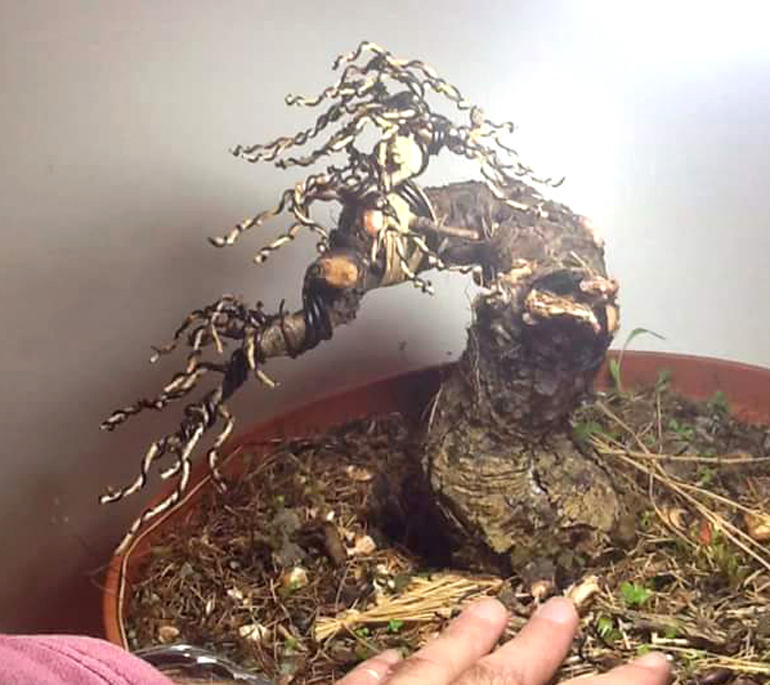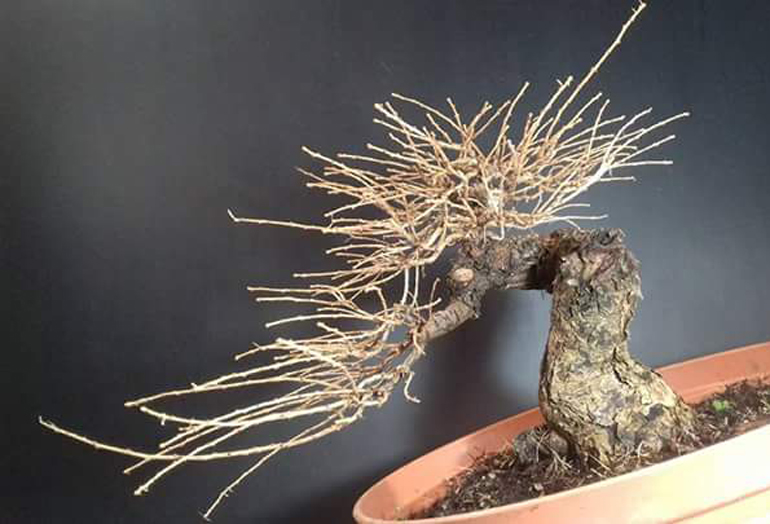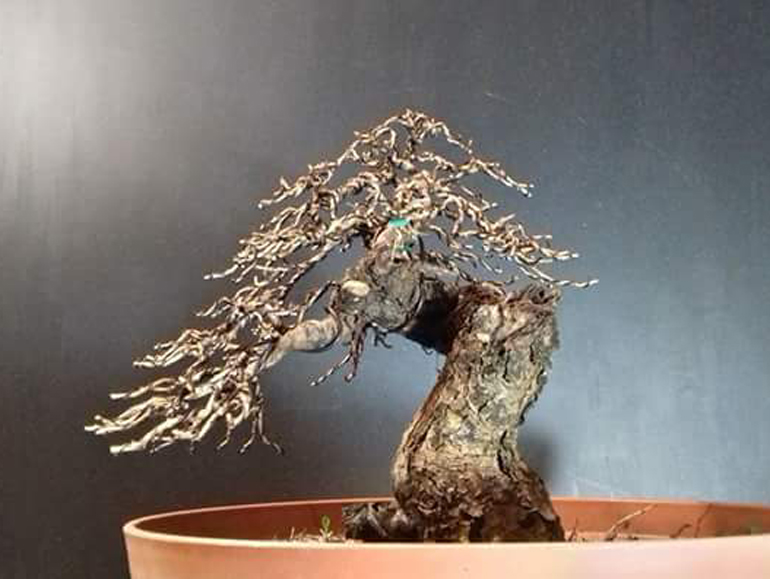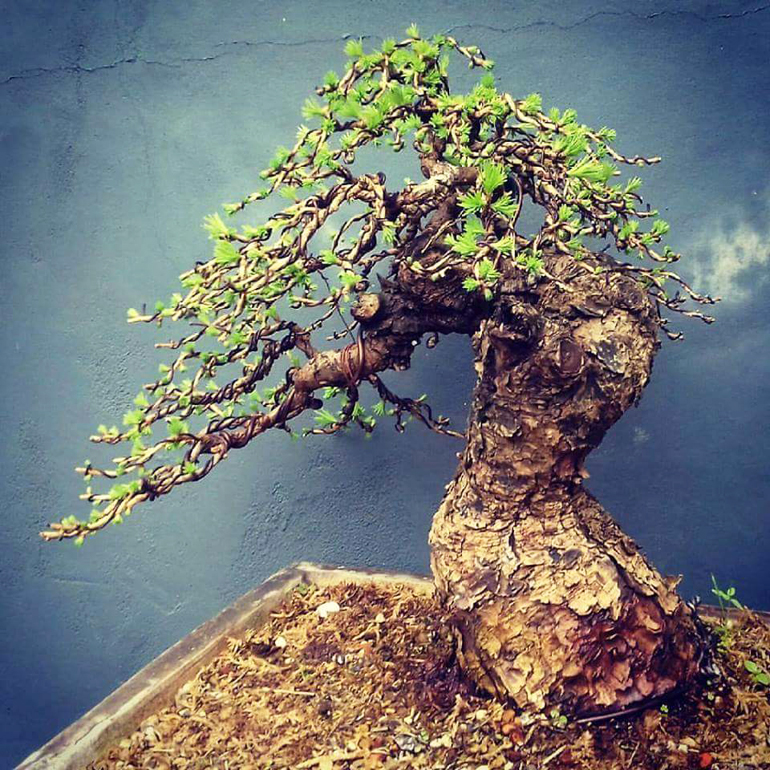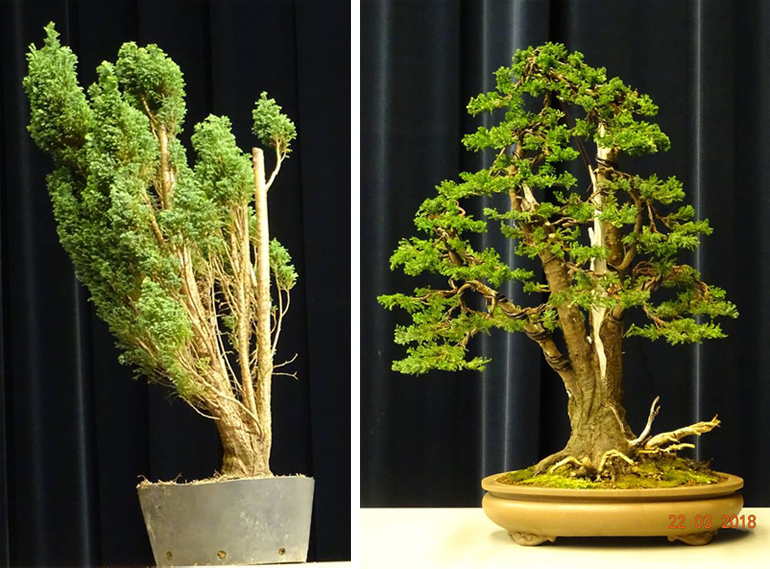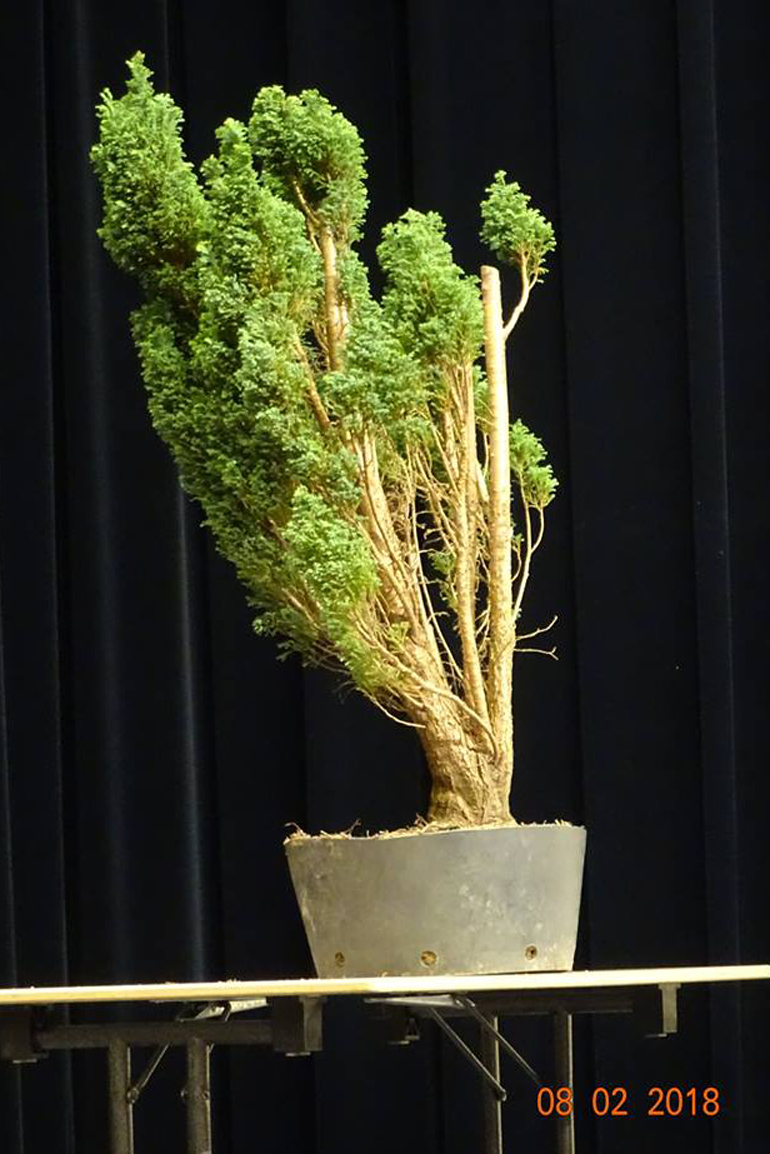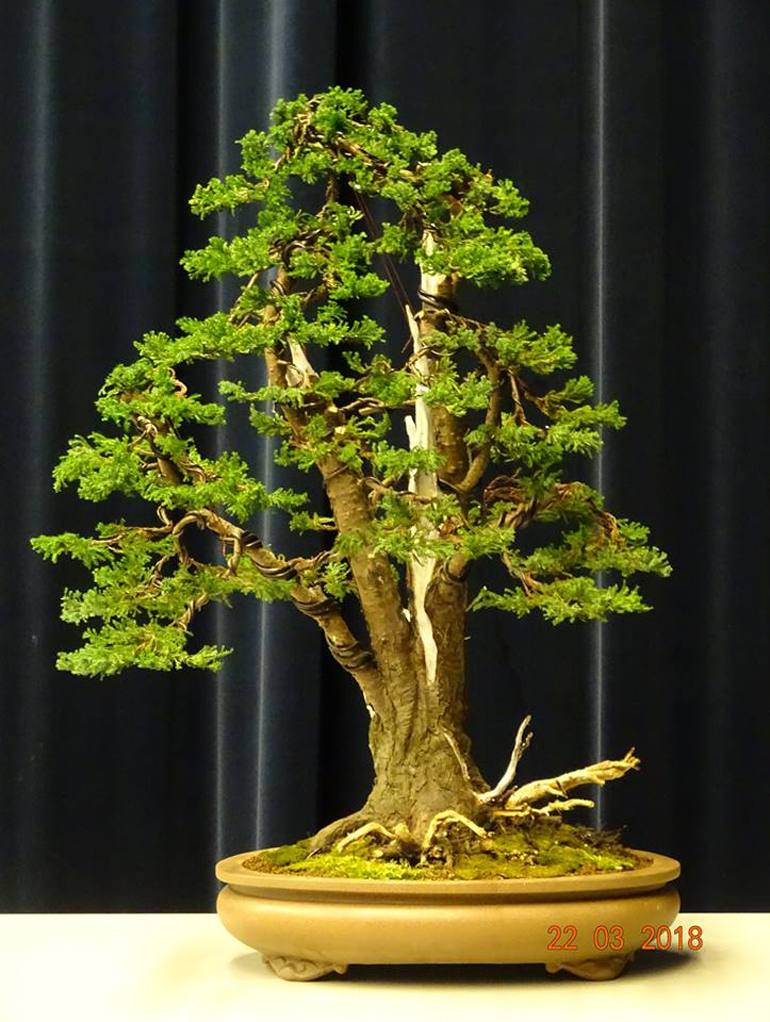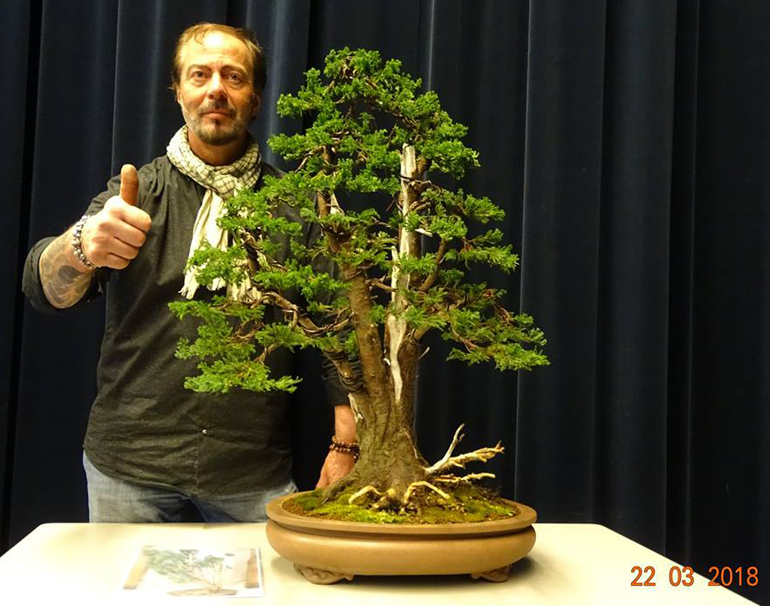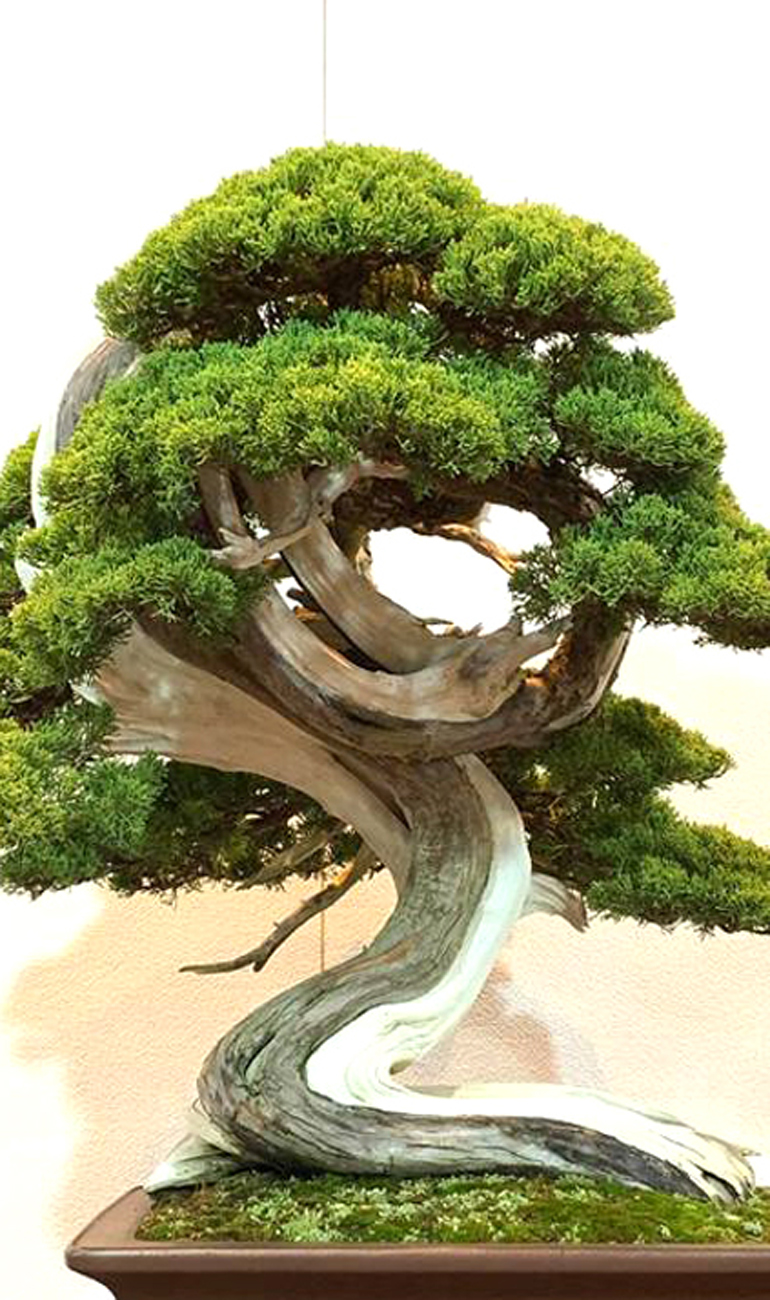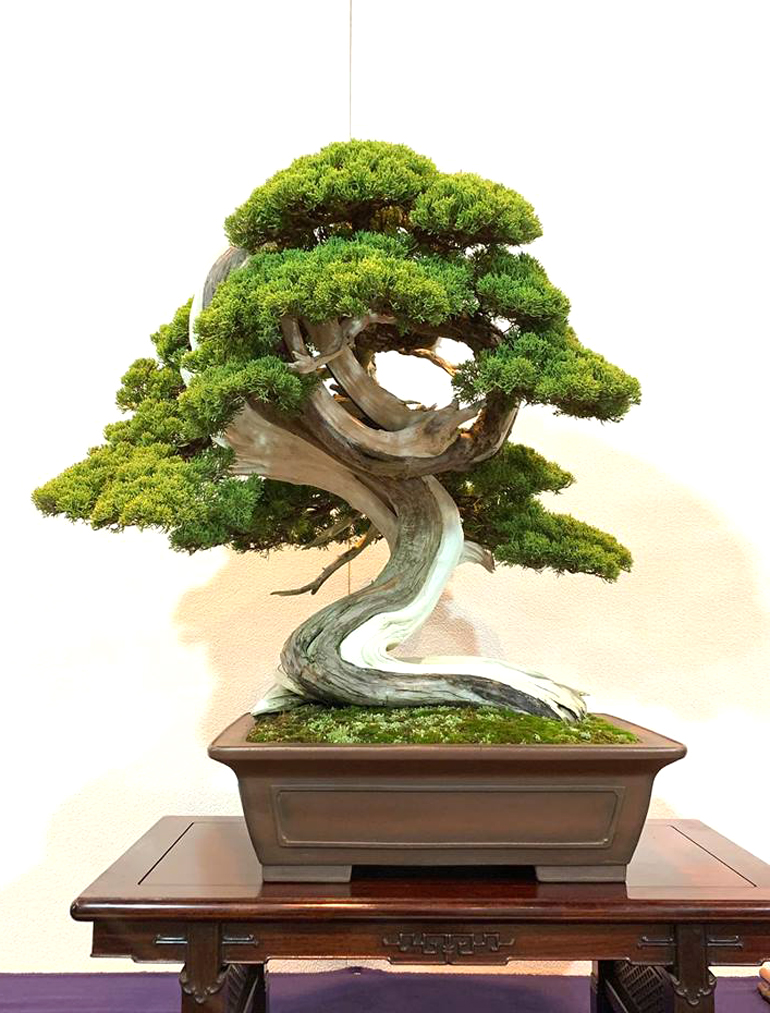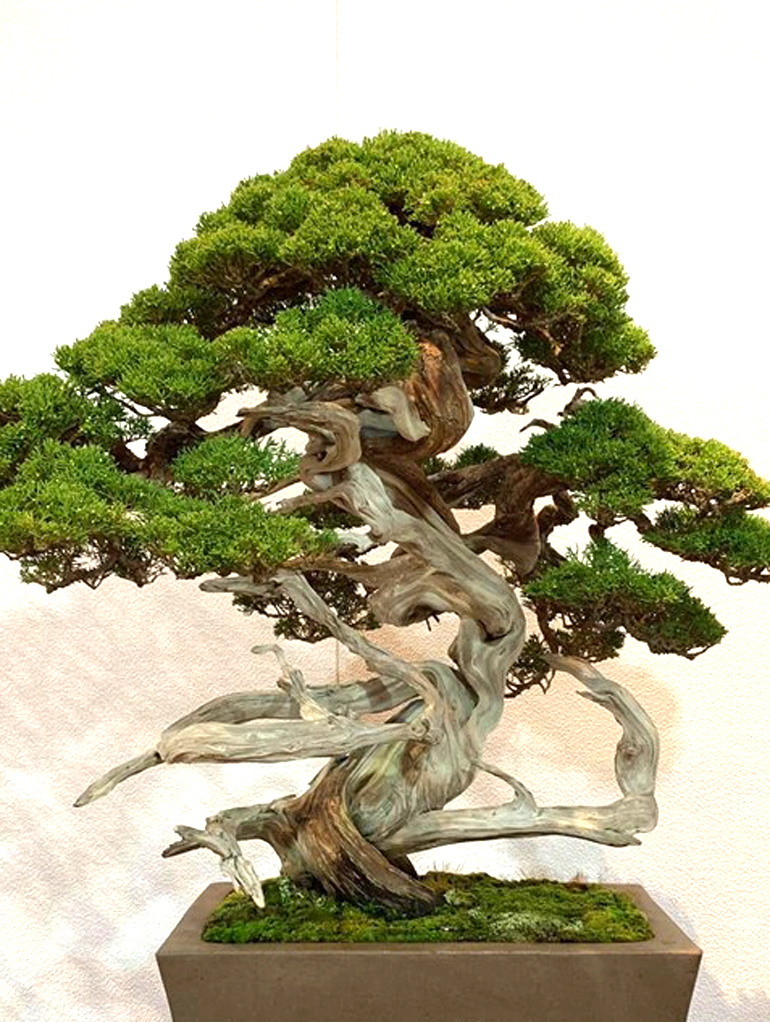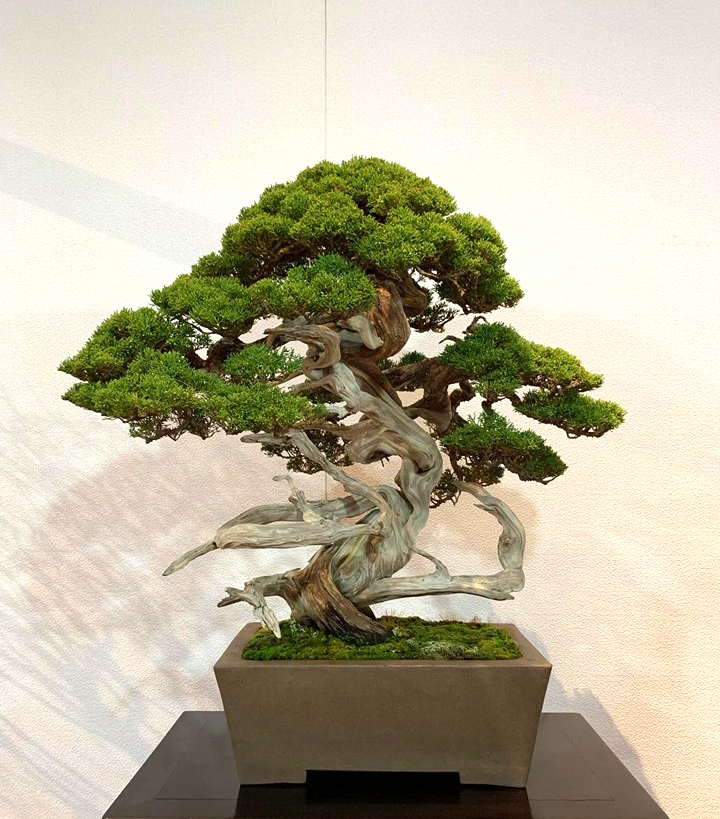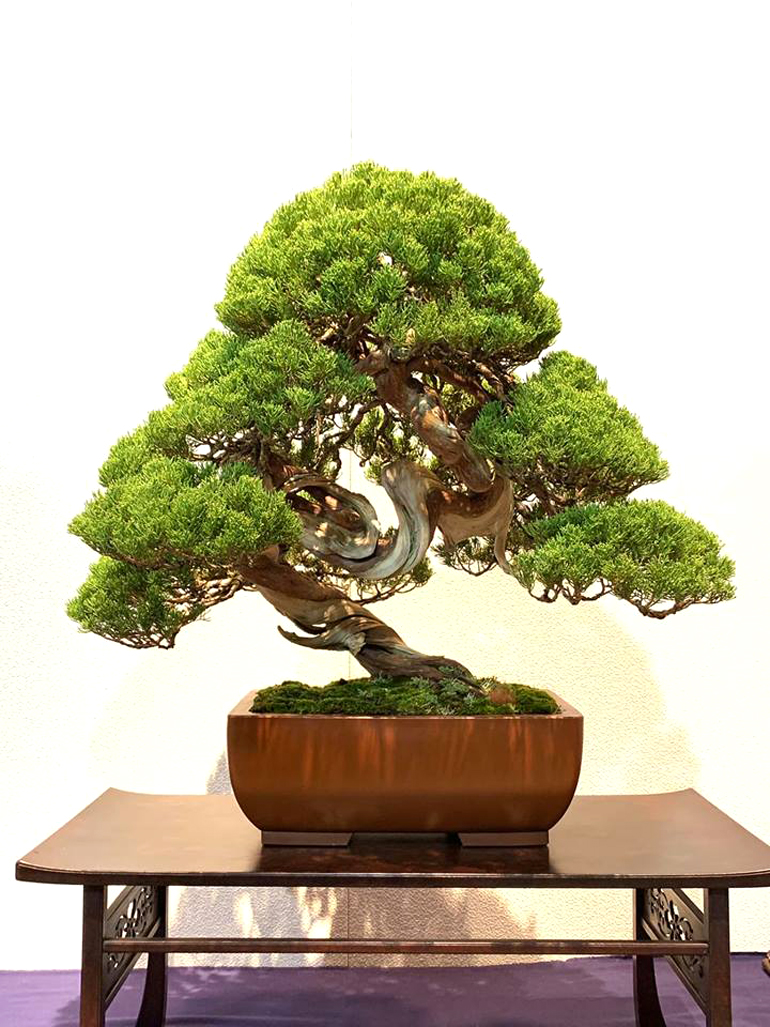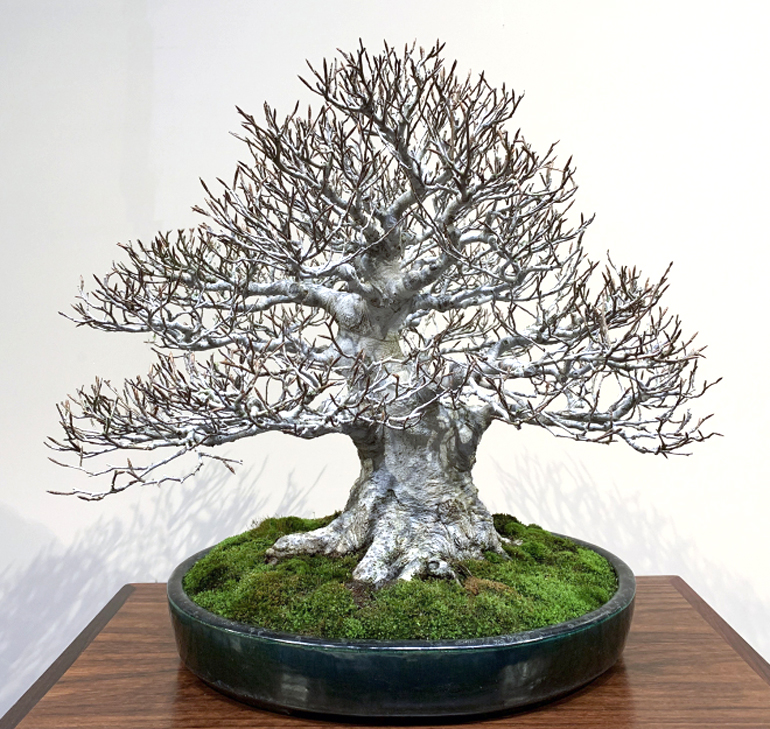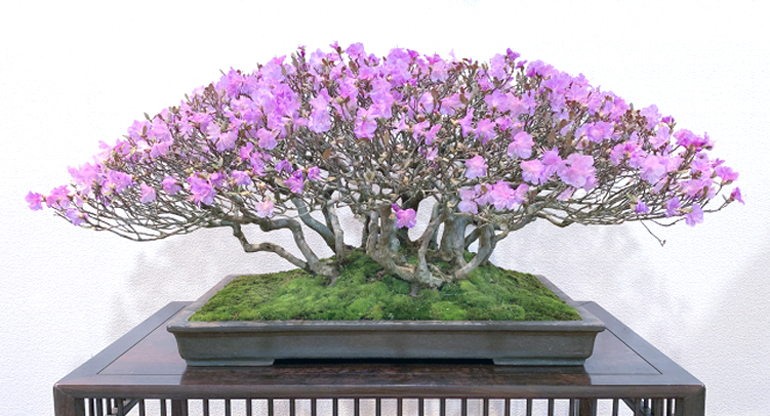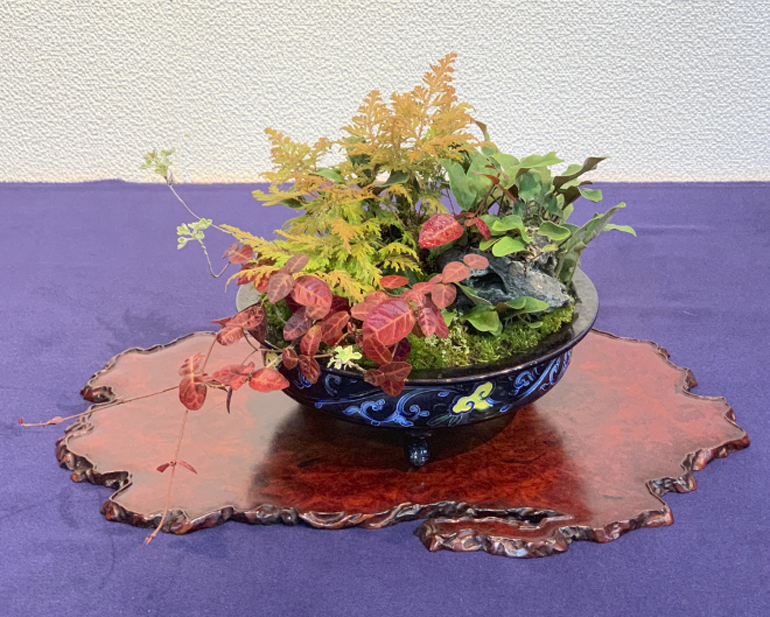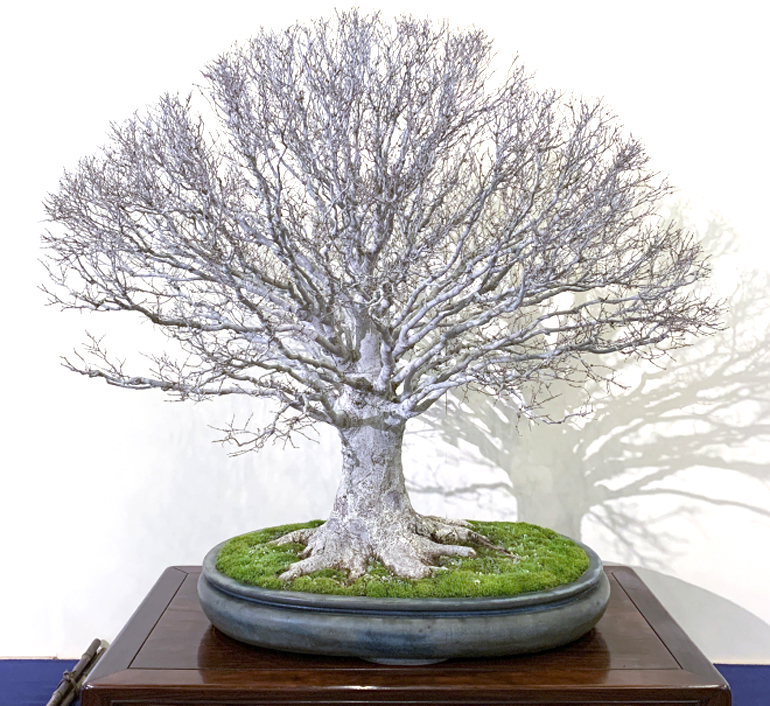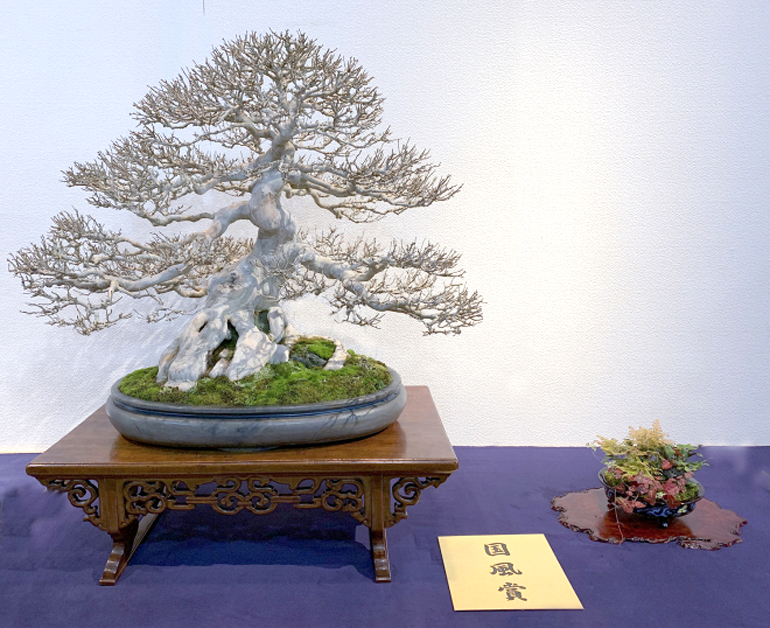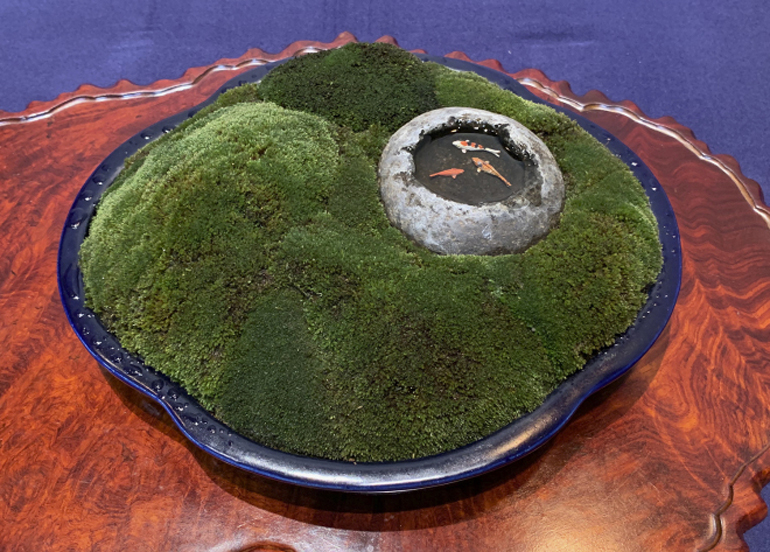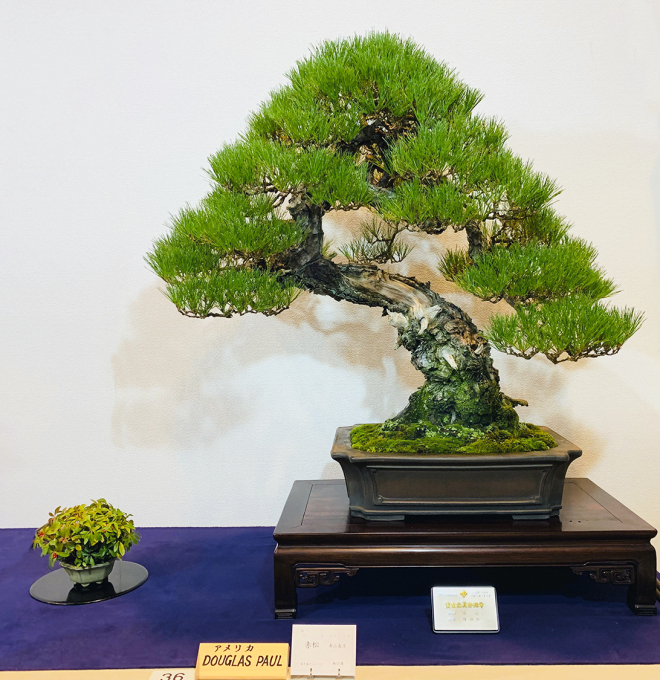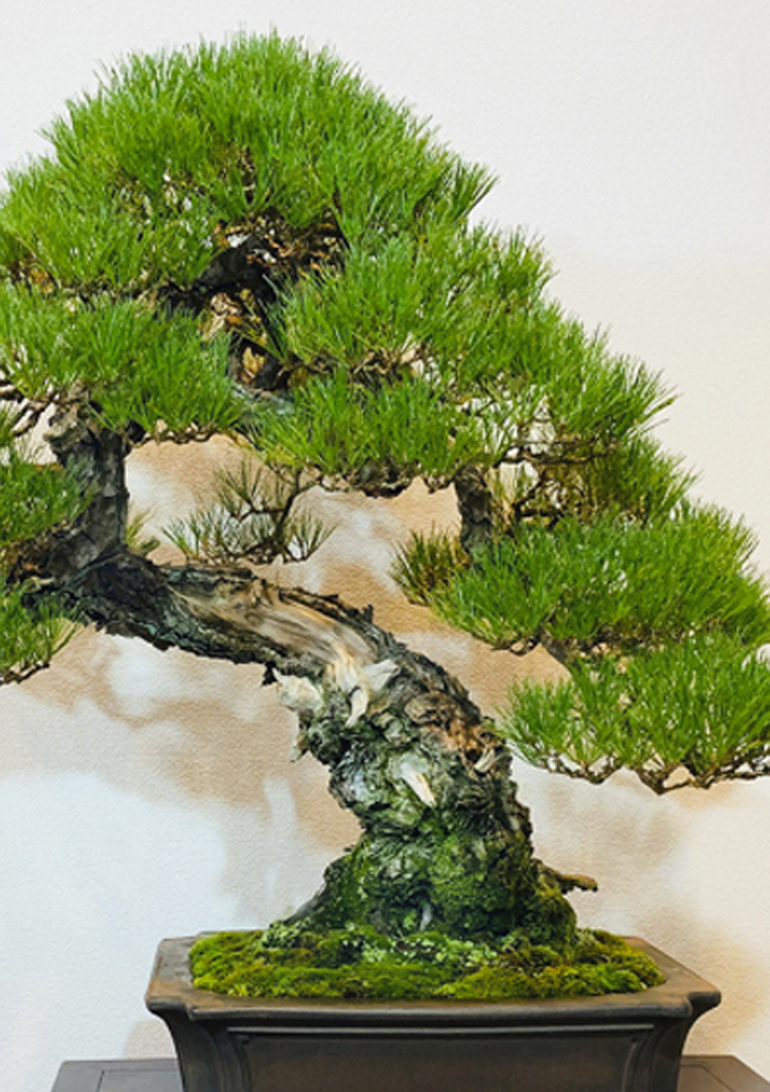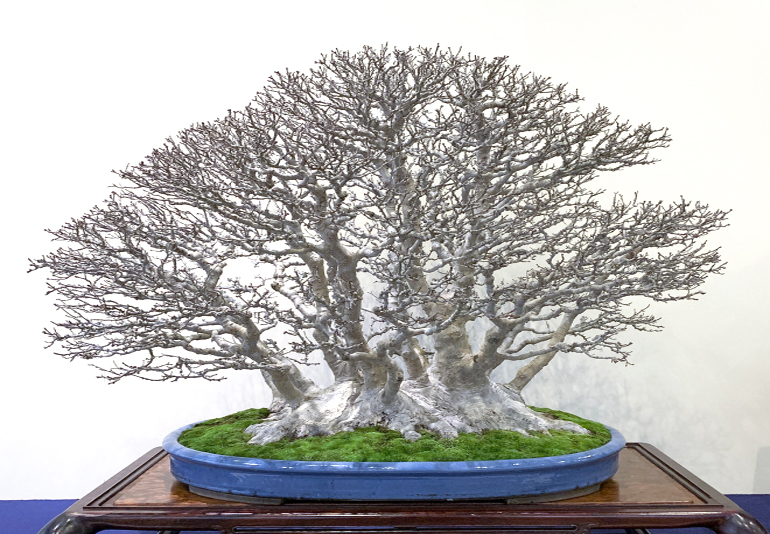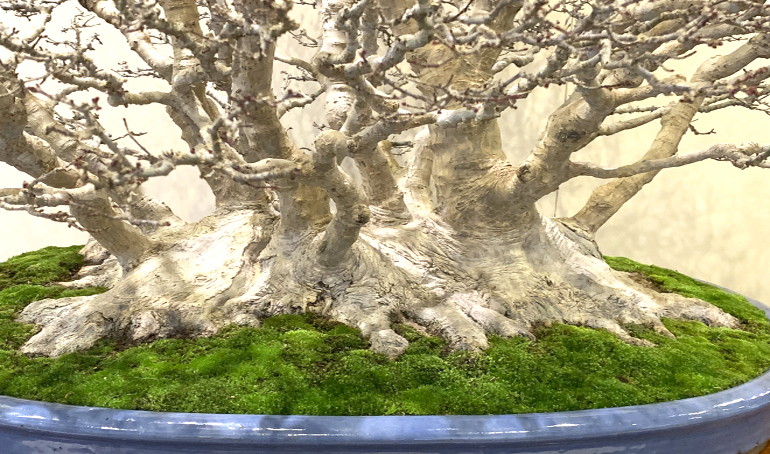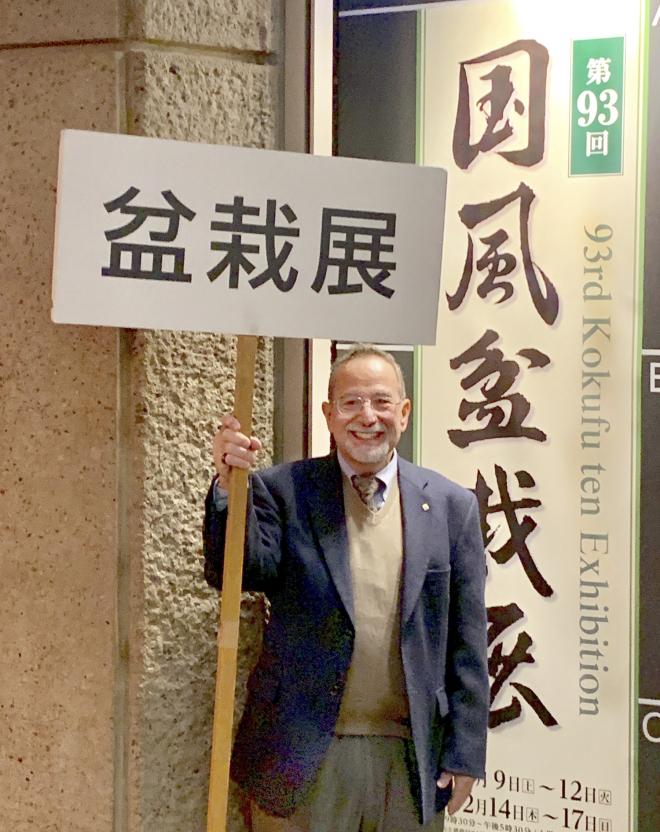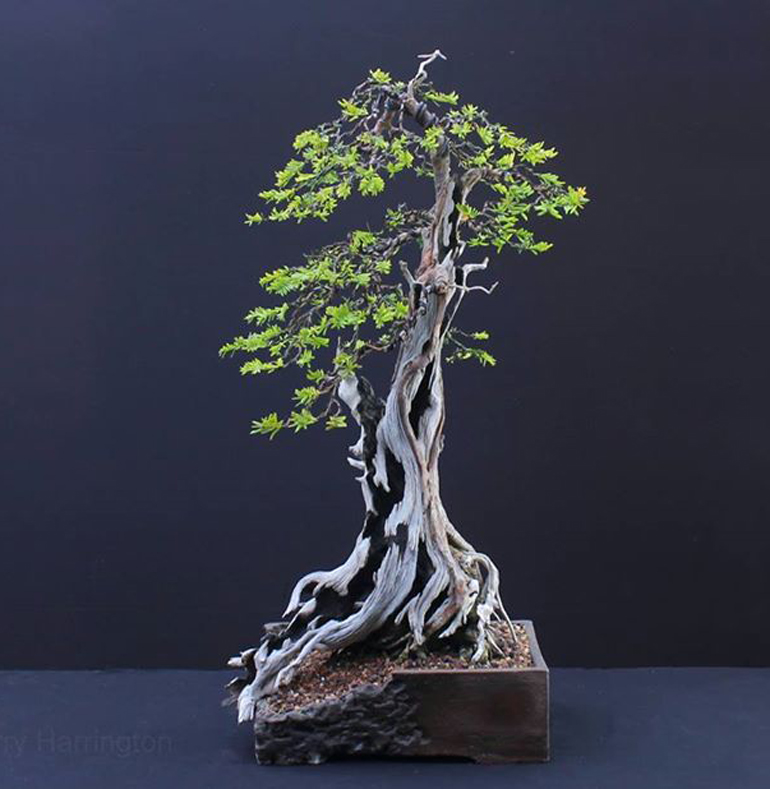
We've featured this tree before and we may well feature it again in a year or two. The tree is a yew. The artist is Harry Harrington.
Sticking with our friend Harry Harrington. We originally put this post together in September, 2017…
All the photos featured here are courtesy of Harry Harrington, an artist who specializes in what you might call found bonsai; bonsai from the wild or from hedgerows and gardens or wherever bonsai stock might come from that doesn’t bust your bank account. For more found bonsai and other good news, you can visit Harry at Bonsai4me or on his fb timeline
–
TWO SPECIALS END TONIGHT
25% – 30% OFF ALL BOOKS
20% OFF BONSAI CLOTHING
Specials include items already discounted
SPECIALS END TONIGHT, MARCH 5th at 11:50pm EST
–

An example of a natural phenomenon that explains a lot about the carving in this post. Here's Harry's caption from a trip he took to Sweden... "Back to editing images and video from Sweden this morning, I came across these two excellent examples of how the sun-hardened outer shell of deadwood can remain intact while the interior rots away (seen on Picea/Spruce high up on the treeline)"

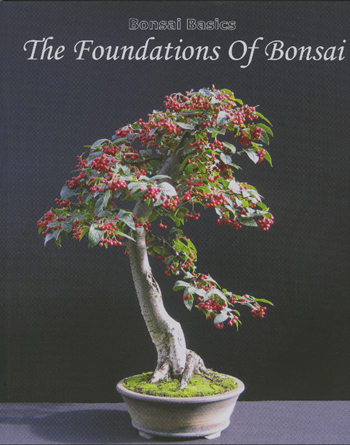 Harry Harrington’s
Harry Harrington’s
THE FOUNDATIONS OF BONSAI

Arbor obscura (just kidding). Actually it's a Hawthorn (Crataegus monogyna) that Harry carved just the other day from an old stump. You can see more here, including the old stump

Another example of Harry's carving. This time it's a Privet
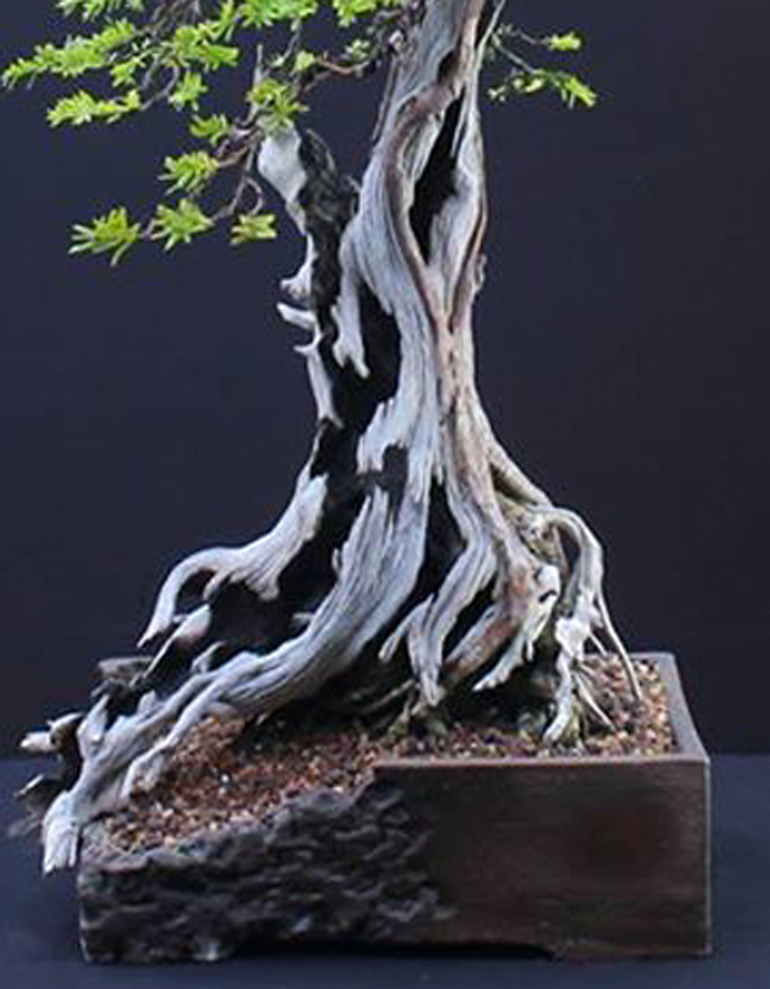
A closer look at the fine carving from the lead photo
TWO NEW SPECIALS
20% OFF KOYO BONSAI TOOLS
20% OFF OKATSUNE BONSAI & GARDEN TOOLS
Specials include items already discounted
–
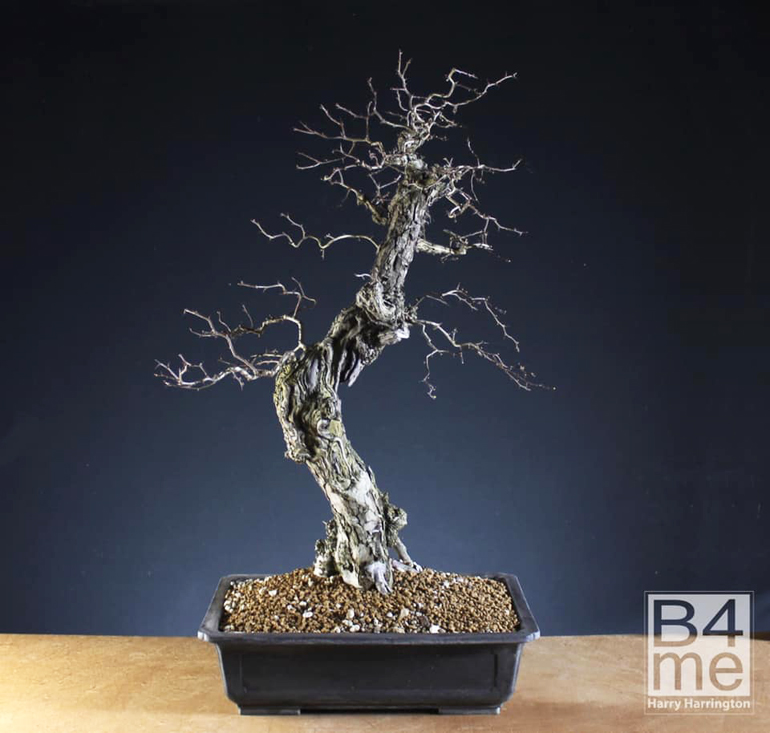

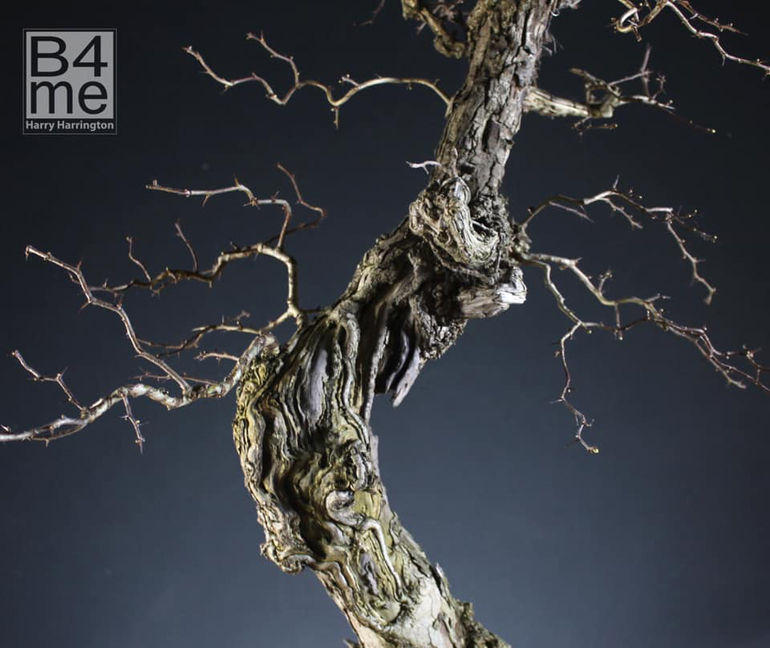
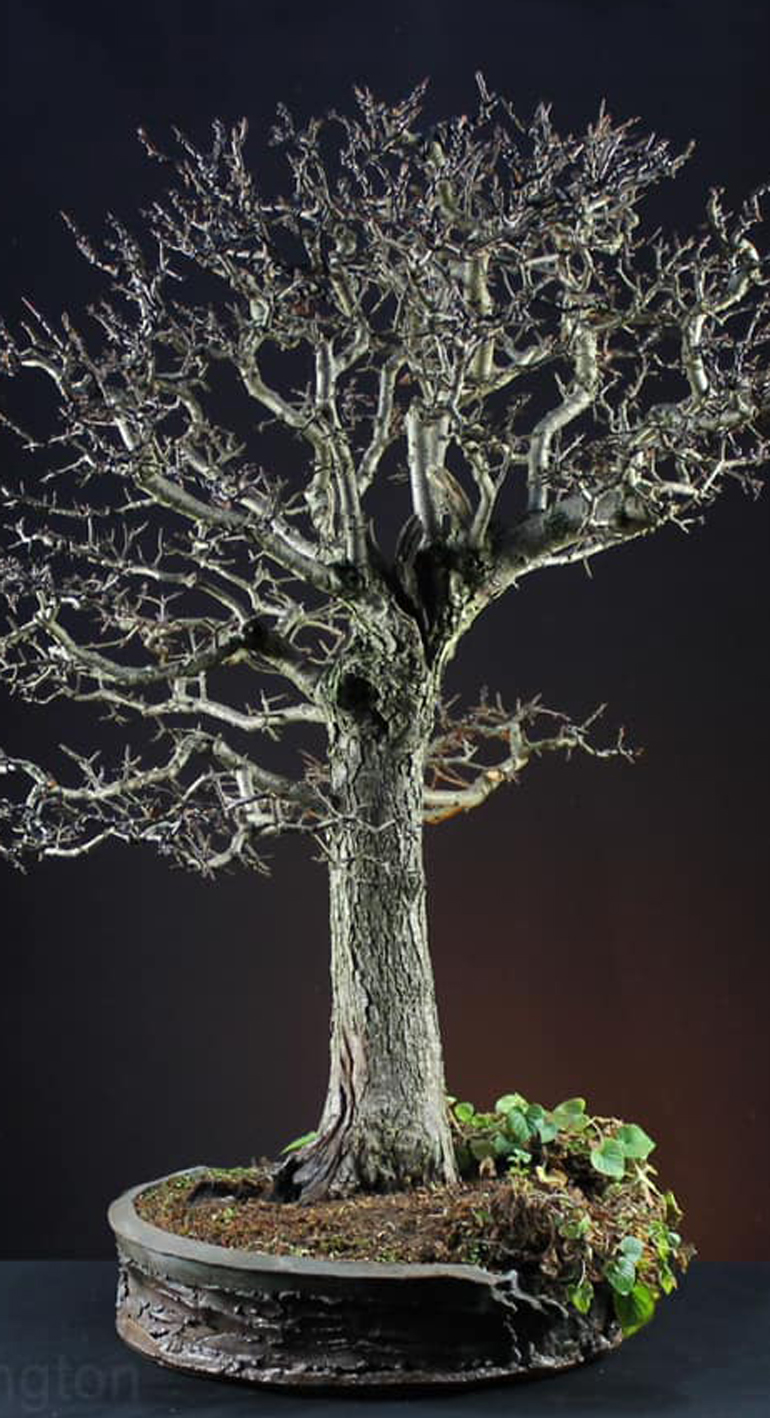

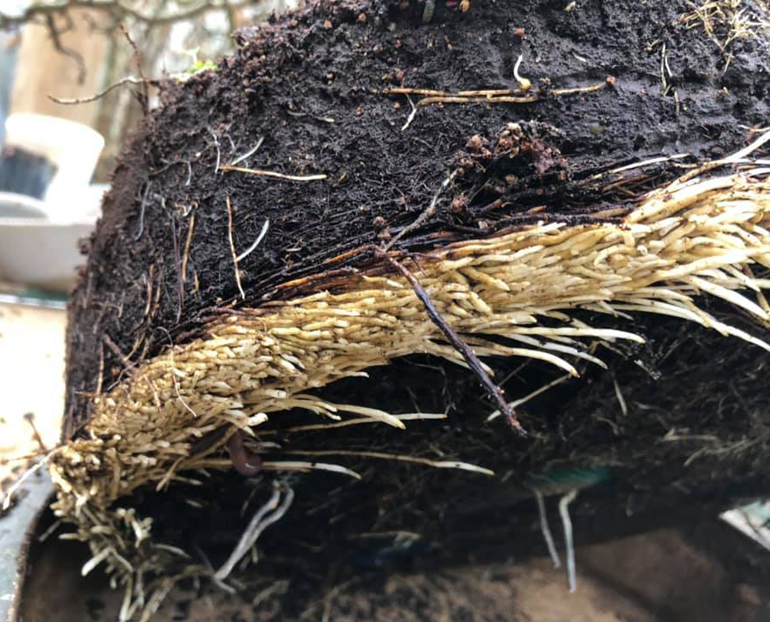
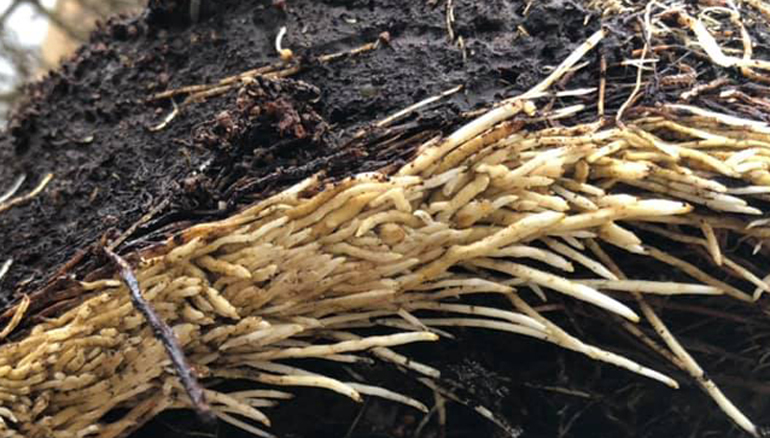

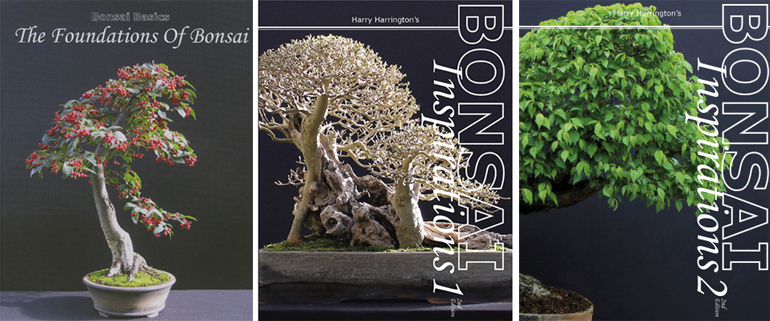 Harry's books. We've got
Harry's books. We've got 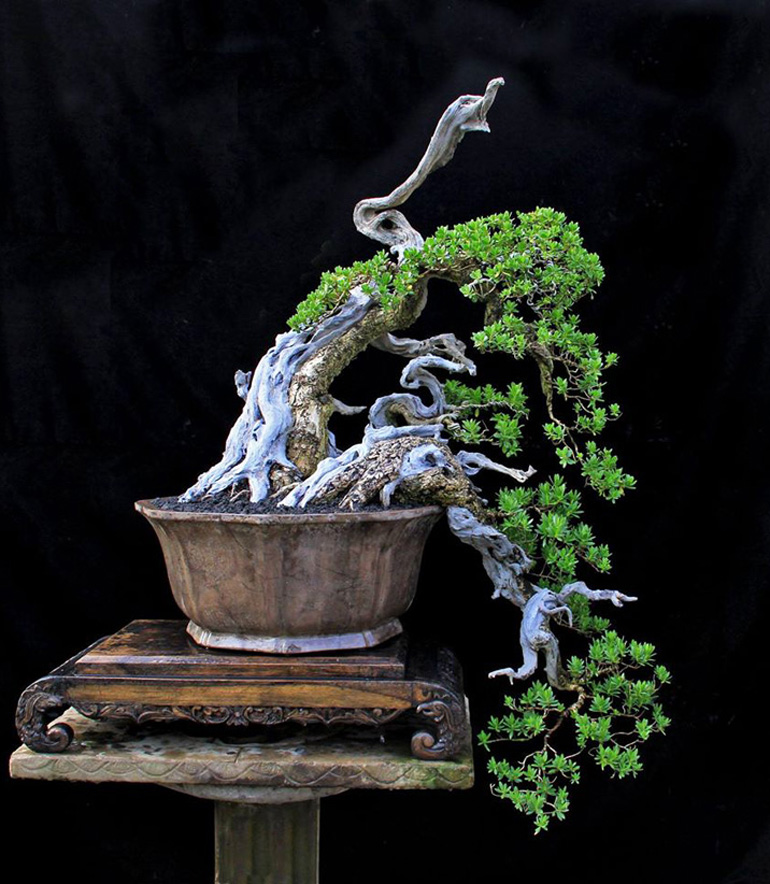 Good full cascade bonsai aren't all that common. Especially ones with such a relaxed feel (maybe it's the way the foliage hangs so loose). It's a Pemphis acidula. A common plant in Indonesia
Good full cascade bonsai aren't all that common. Especially ones with such a relaxed feel (maybe it's the way the foliage hangs so loose). It's a Pemphis acidula. A common plant in Indonesia

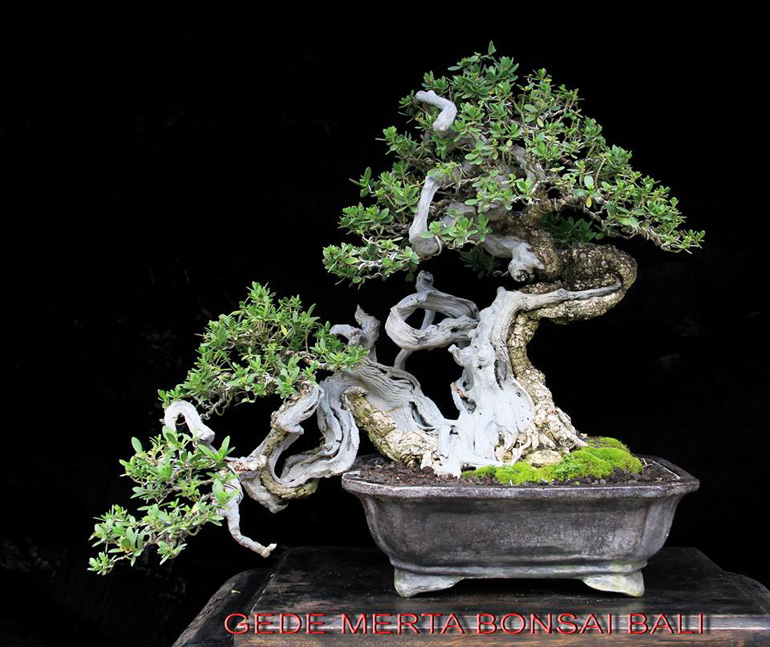


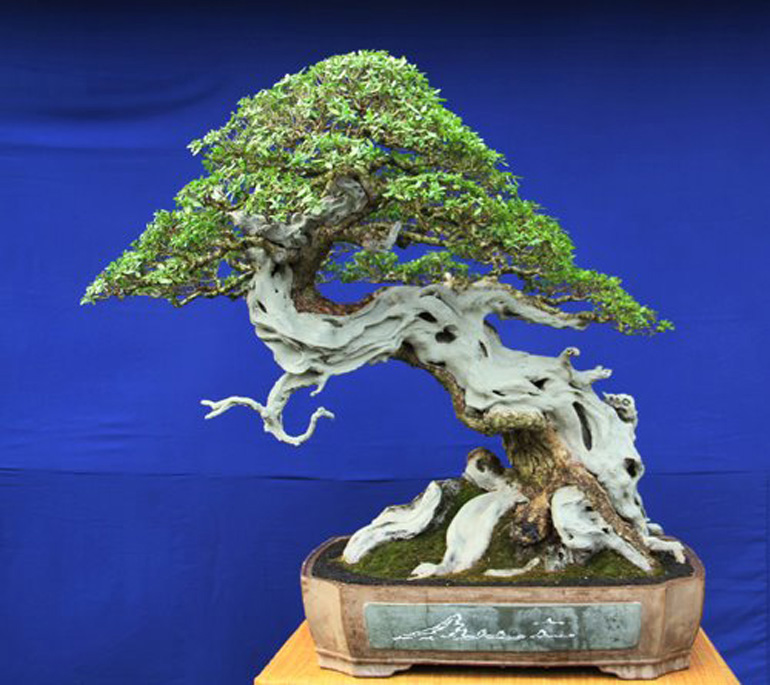
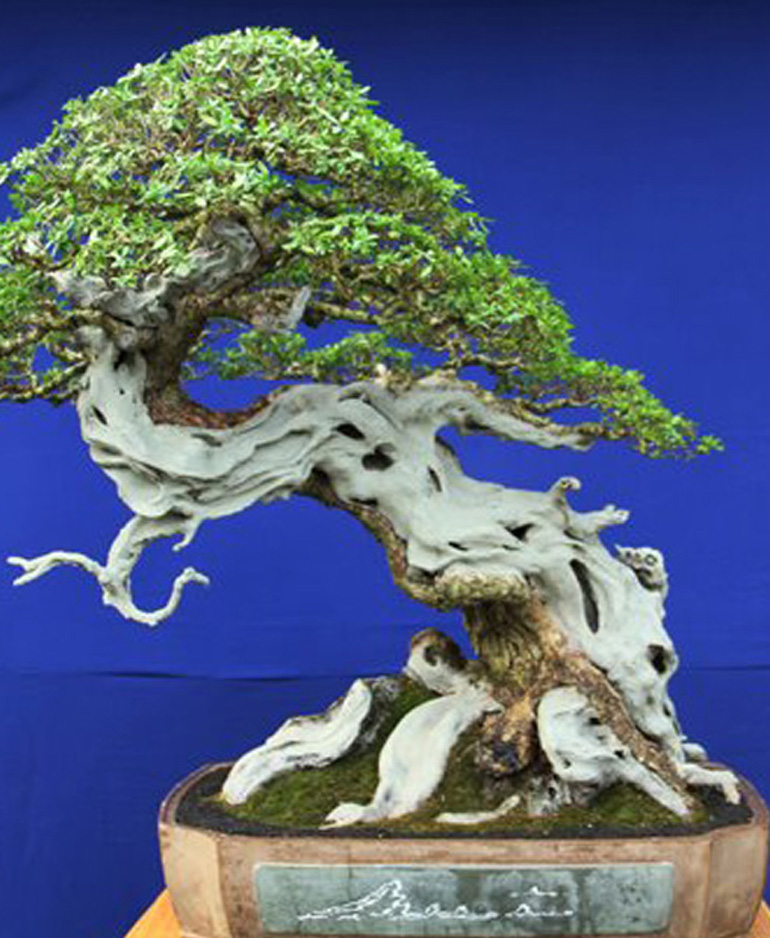
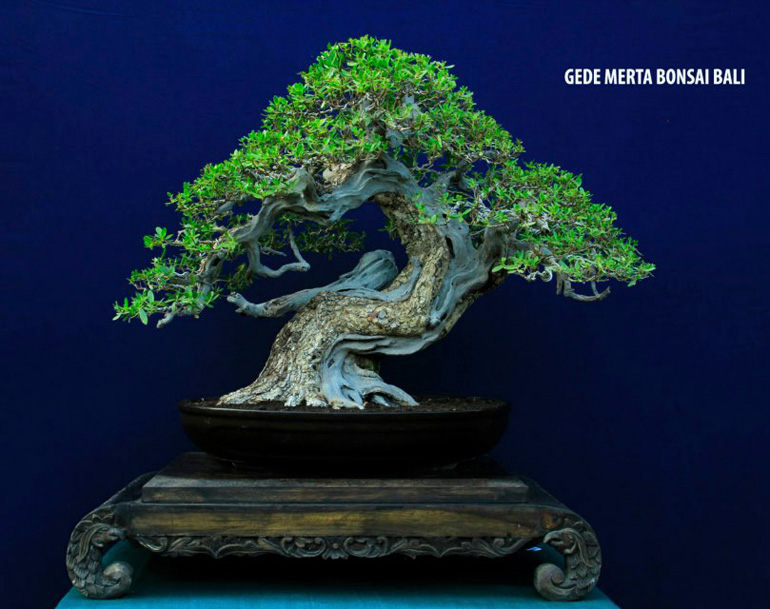 The dark pot almost disappears against the equally dark background, but there's no denying the power and beauty of the tree. This one was collected by the Master himself, as were the rest of the photos shown here. Time is of essence as usual, so you'll have to visit
The dark pot almost disappears against the equally dark background, but there's no denying the power and beauty of the tree. This one was collected by the Master himself, as were the rest of the photos shown here. Time is of essence as usual, so you'll have to visit 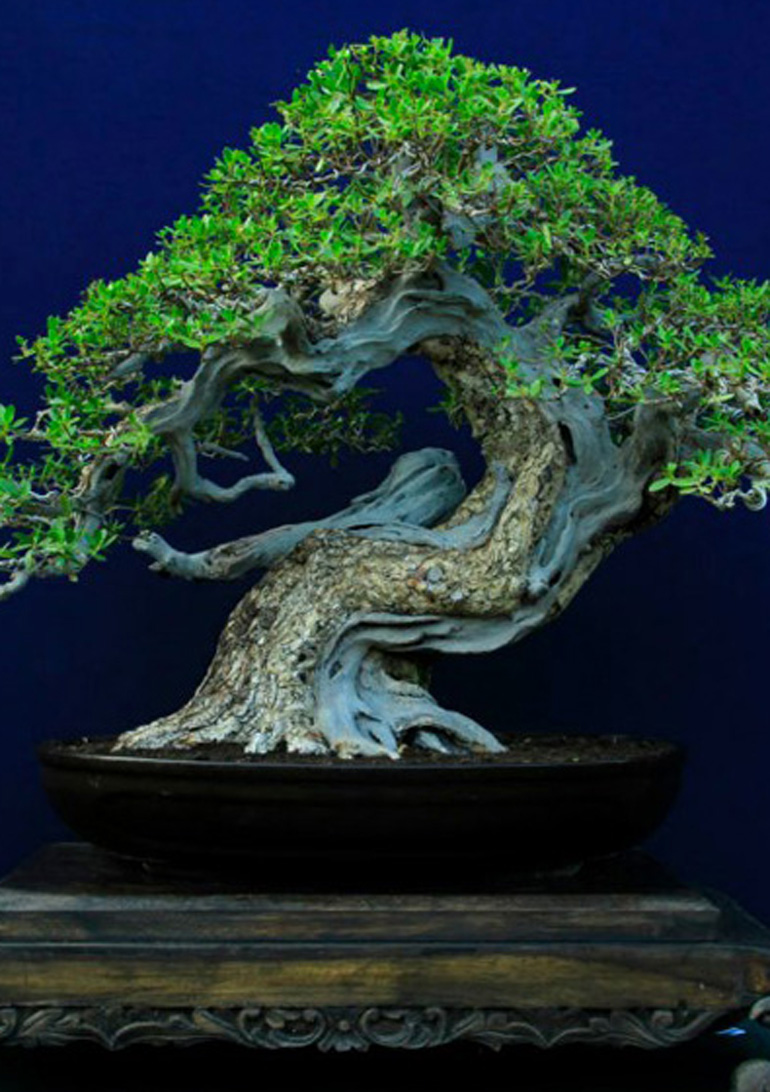
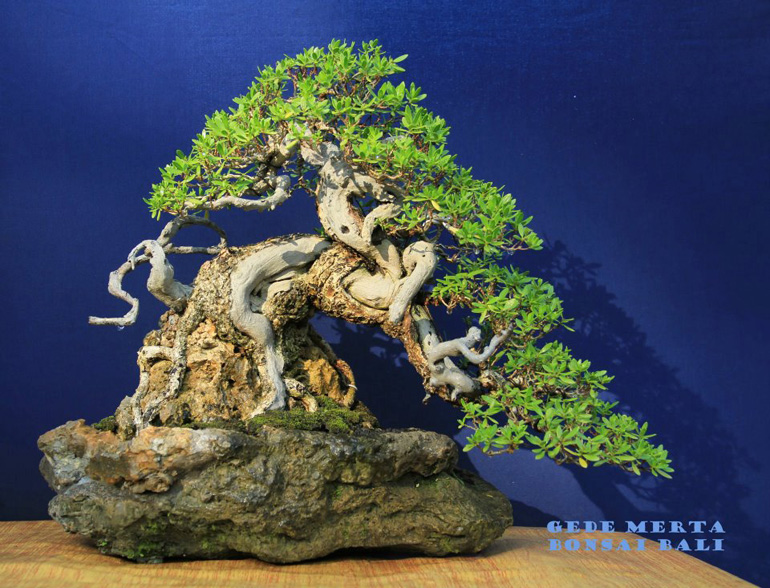
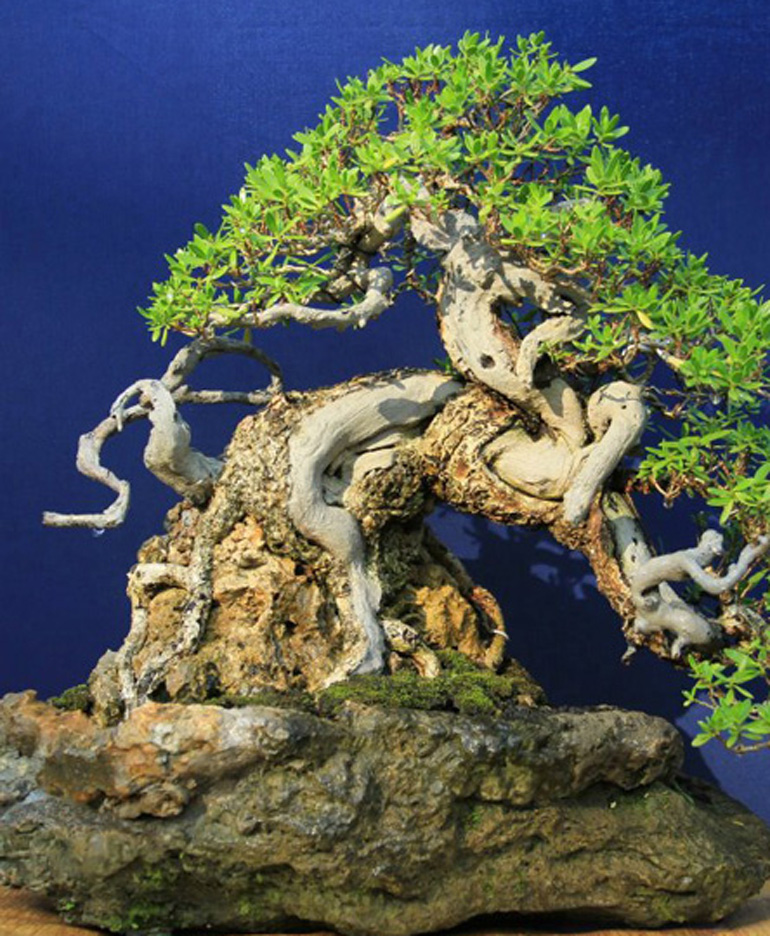
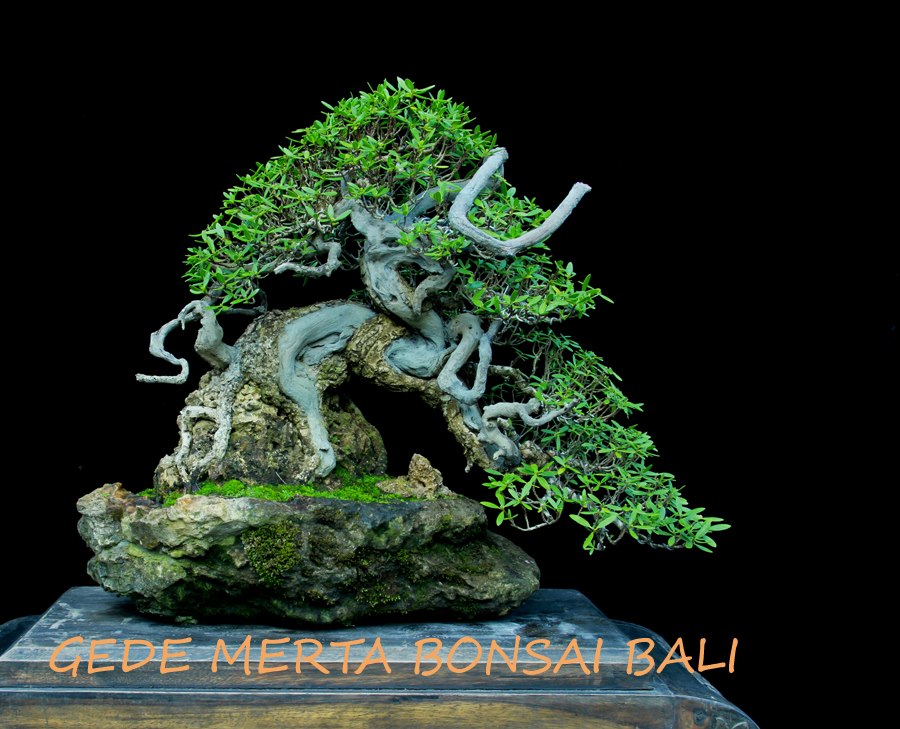 Gede Merta sometimes likes to name his bonsai. This one is Prancing Horse
Gede Merta sometimes likes to name his bonsai. This one is Prancing Horse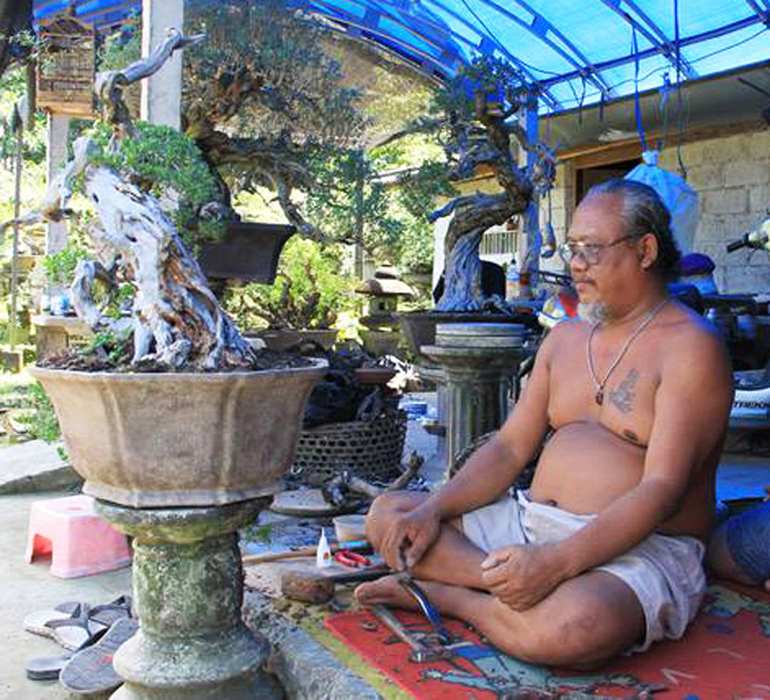 Here's what I wrote when I
Here's what I wrote when I 
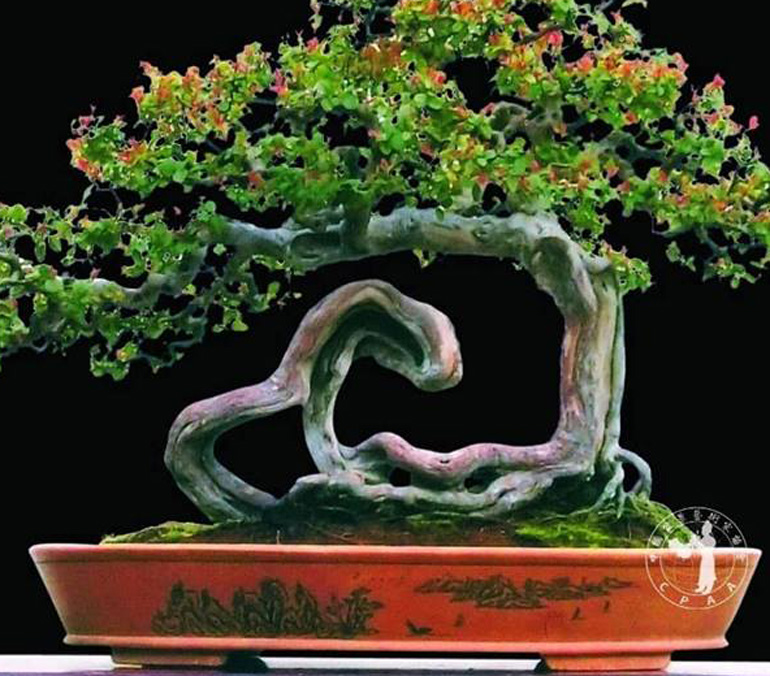
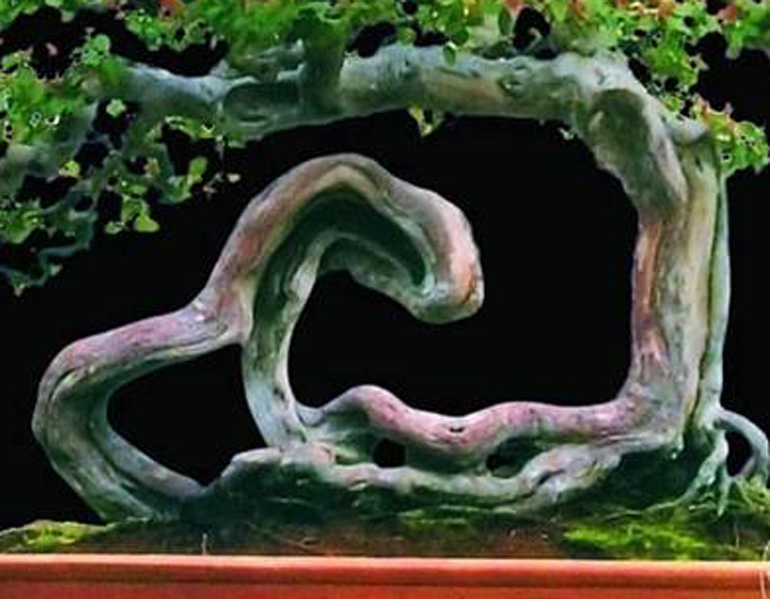
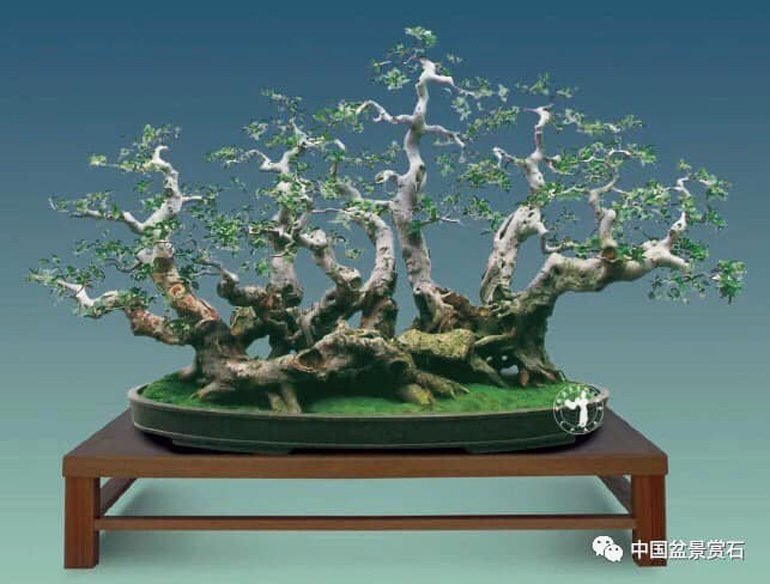
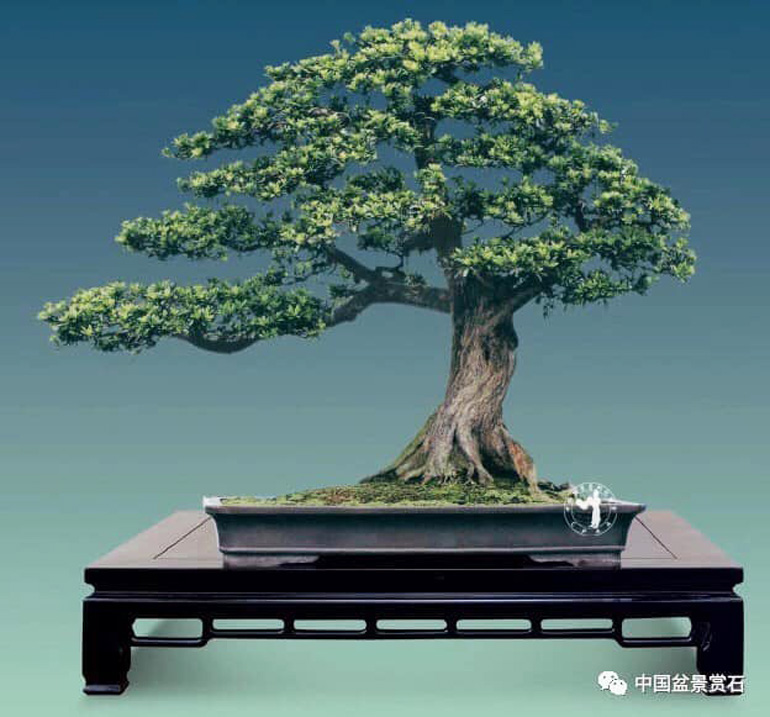 Simple tree with plenty of space for the birds to fly through (Thank you
Simple tree with plenty of space for the birds to fly through (Thank you 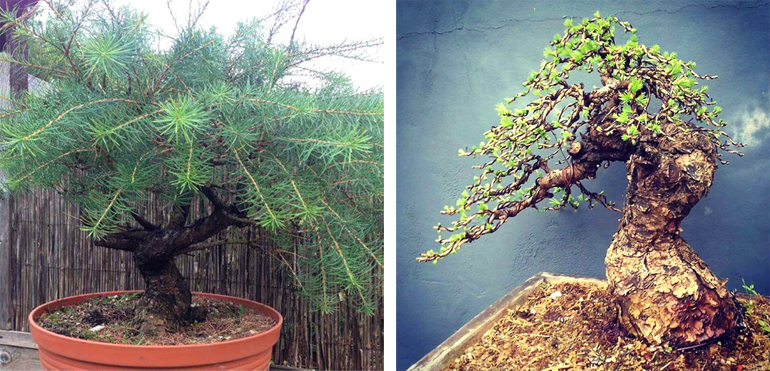 As you can see, this before and after shows considerable skill in styling and refining bonsai. The tree is a European larch (Larix decidua). The artist is
As you can see, this before and after shows considerable skill in styling and refining bonsai. The tree is a European larch (Larix decidua). The artist is 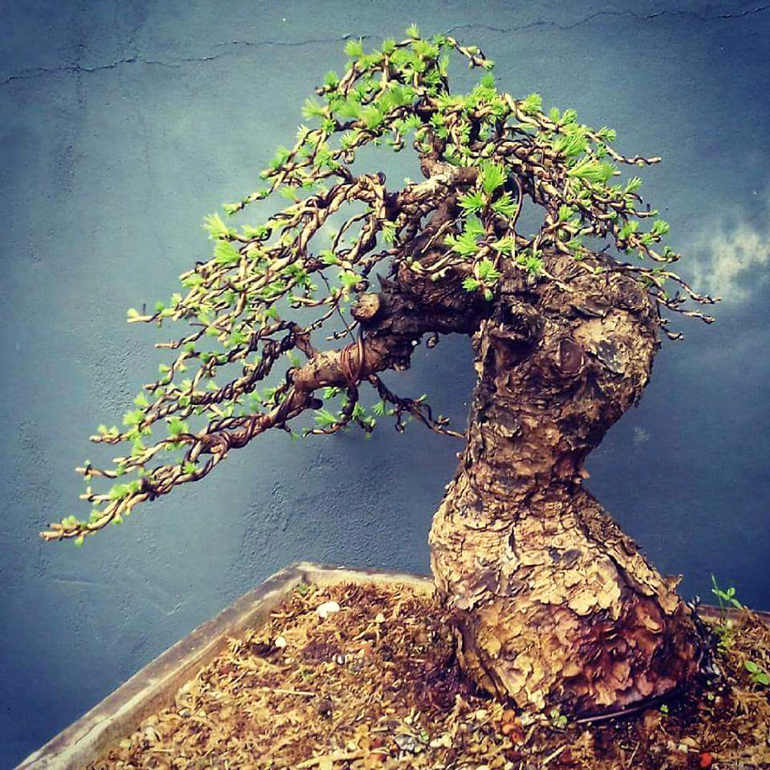 After, a closer look
After, a closer look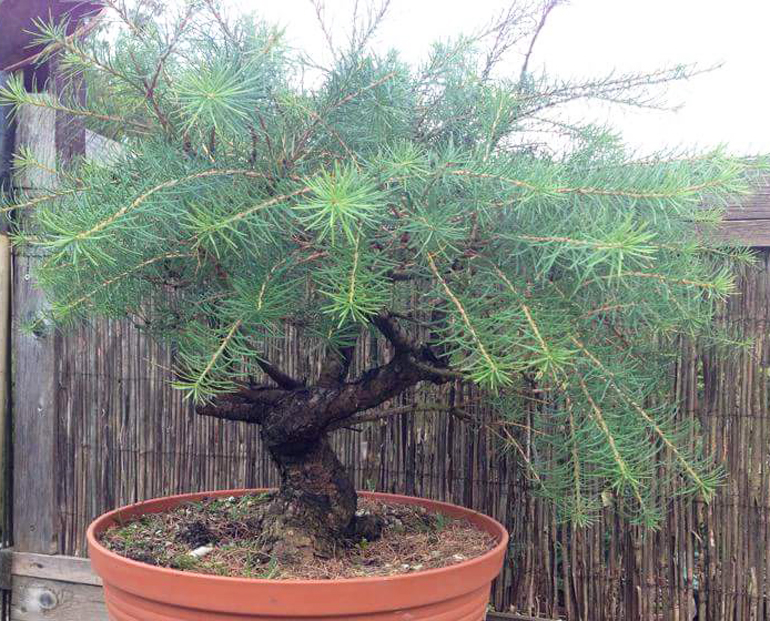 Before. The branch on the right was the one used to form the crown
Before. The branch on the right was the one used to form the crown